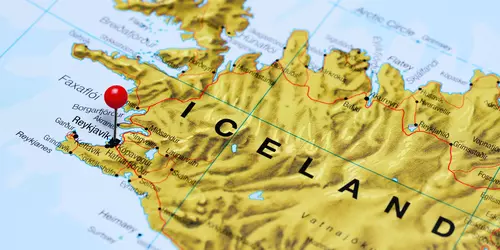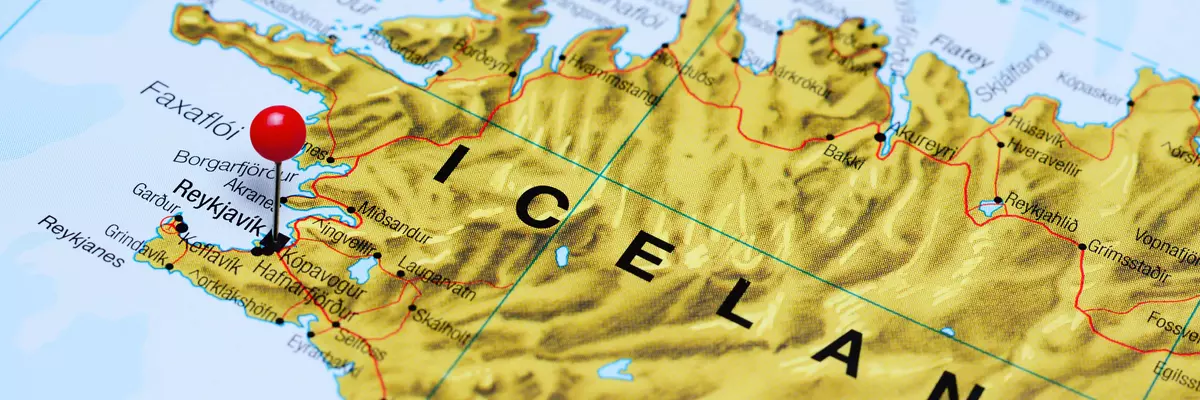
The climate year of Iceland
Iceland is the largest volcanic island in the world. In close proximity is the Arctic Circle. These two facts give the North Atlantic island its so often used nickname. In fact, the Arctic Circle is only about forty kilometers from the north coast. The island of Grimsey, which is part of Iceland, is even located exactly on the Arctic Circle. For this, however, it is surprisingly mild.
The climate of the south coast is influenced by the warm Gulf Stream. The cold Greenland Current flows into the northeast and southwest coasts. Basically, the island is characterized by constant low pressure. Typical for Iceland - as generally for the European subpolar zone (see also Ireland, Scotland, etc.) is that the weather often changes several times a day.
General information about Iceland
Adventurers, nature lovers and landscape photographers will get their money's worth in Iceland. Before nature calls, however, a few days can be spent relaxing in colorful Reykjavik. It is recommended to explore the island by rental car afterwards.
Countless waterfalls, geysers, volcanoes, lava fields, glacier lagoons or the dreamlike Westman Islands are waiting to be discovered. In winter, the natural phenomenon of the Northern Lights can be observed. Excellent relaxation is also provided by the many thermal baths, and the Blue Lagoon should be experienced at least once.
Tourism Iceland
For less than five hours at the beginning of the year in January, daylight usually shows with overcast skies. Less than one hour, according to statistics, the sun shines now. Although the island is close to the Arctic region, the climate remains mild, especially on the coasts. This is due to the temperature-balancing effect of the sea. The further into the island's interior, the colder it gets. The temperatures are on average at the freezing point and only rarely significantly below. In February, the situation is similar.
Winter is usually also quite rainy. However, snow is often replaced by rain after a short time. The amount of rainfall varies depending on the region. In the glacier zone of the Vatnajökull volcano the amount of rain is the highest. Towards the south it decreases. The northern plateau also receives little precipitation.
From March on, the days become longer and also sunnier. Temperatures and sunshine hours continue to rise in April, with precipitation decreasing. Then, when the snow melts thanks to an average of six hours of sunshine in May, roads may be completely flooded.
June heralds the start of summer. It only gets dark for a good three hours. July, the month with the least precipitation and the warmest, follows. June to August are the only months in which snowfall is excluded. Also in August it is pleasantly mild. The sea has its maximum temperature with about eleven degrees.
September already holds a little more risk of precipitation and October is even one of the rainiest months. Falling temperatures and sunshine hours, as well as harsh winds, usually bring the winter months of November and December.
Global warming does not stop at Iceland. Due to the - albeit small - rise in temperatures, individual glaciers are retreating and in some cases melting away completely.

